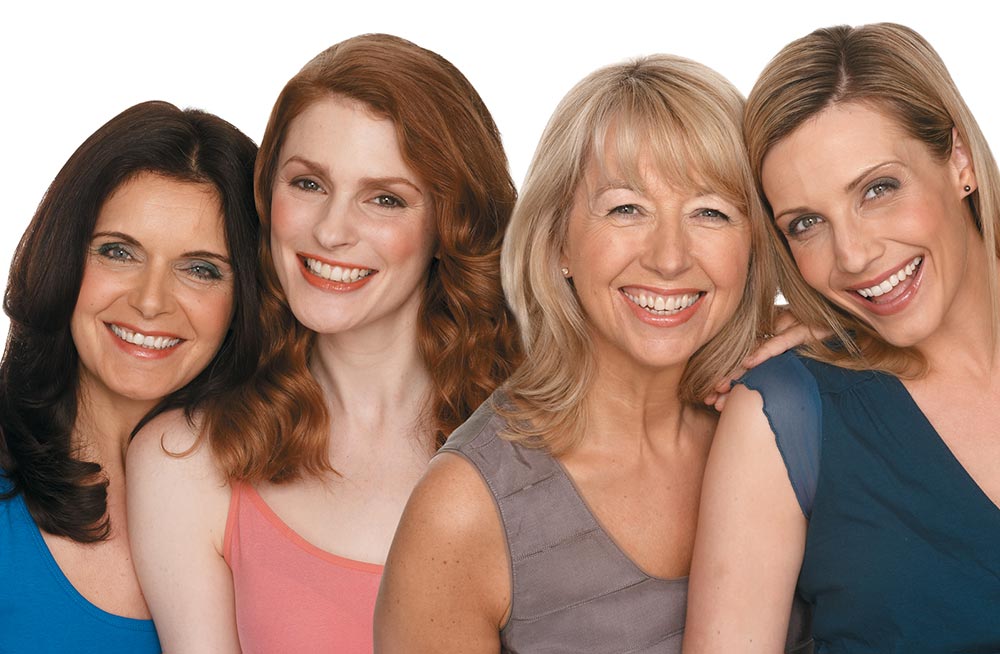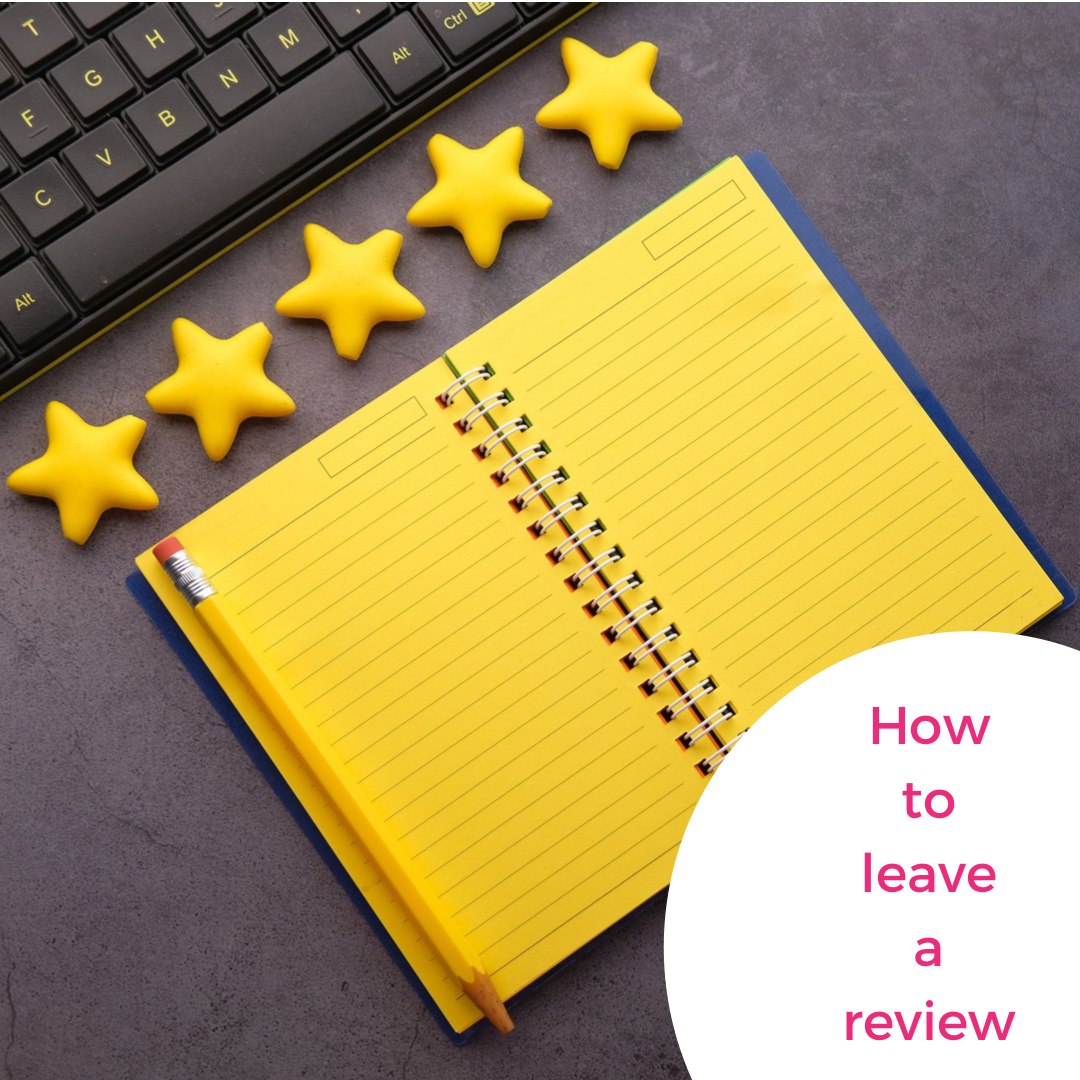There are two main types of approaches with colour analysis – seasonal and tonal.
It’s not simply having different names of the palettes but actually how they relate to one another too. Both systems of analysis are rather technical and beyond the scope of this blog but it should provide you with some background as to how each approach operates and the main differences between the two systems.
Seasonal approach
This system operates the standard four season approach – spring, summer, autumn and winter. Within each season, there are sub-types within each season to create either a ’12 season’ or ’16 season’ system rather than the traditional and older ‘4 season’ one. If you were analysed and ‘had your colours done’ many years ago; like I was, you may just have the traditional four seasonal palette. (I was a summer)
Sub types essentially finesse your palette further by narrowing down the colours that harmonise the most with your own natural colouring so that you have a more tailored approach for the shades of colour which work best for you.
Tonal approach
This approach is based upon an assessment of your hair colour, skin tone and eye colour where you will be one of six ‘dominant’ types – Light, Deep, Warm, Cool, Clear or Soft. Within each dominant colouring type, there are sub-types too to create a secondary and tertiary palette. Within each of the six dominant types, there are four sub-types. (I am a soft, cool, deep).
The translations of tonal to seasonal systems, vice versa or even between the different versions of the same analysis can differ slightly. If you’re feeling a little lacklustre in your colours, or you don’t feel like they are working for you, it may be worthwhile reviewing your palette with a colour consultant.
Will your colour type change as you get older?
That depends!
The standard four season approach is thought to be wide and broad enough not to alter as you age. However, the sub-type is likely to change within the season to reflect the changes. For example, you may go from a sultry winter to a bright winter. This will therefore change some of your colours.
With the tonal system, due to the assessment of your hair colour, skin tone and eye colour, you may change either your dominant type or sub-type. If your hair colour drastically changed for example, from dark brown to grey then your ‘dominant’ colouring type (and likely sub-types) will change. For example, you may move from a Deep to a Cool and your colours will also change and how you wear them.
If you’re feeling a little lacklustre in your colours, or you don’t feel like they are working for you due to a drastic change in hair colour or skin tone, it may be worthwhile reviewing your palette with a colour consultant to discover your best shades.
‘Getting your colours done’ is for anyone of any age. Everyone can wear colour, but not every shade of colour will suit you. It’s simply about knowing and understanding what works for you so you can feel confident in what you wear.
I trained with Colour me Beautiful who operate a tonal system of analysis which is what I offer in my colour consultations. Read these frequently asked questions here.
If you’d interested in a little more about the ‘science’ behind my consultations, read this blog here.

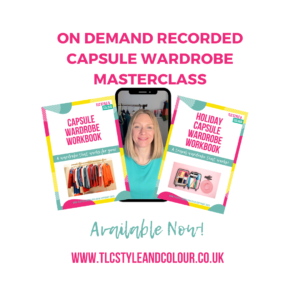 Recorded On-demand Masterclass - Capsule Wardrobe
Recorded On-demand Masterclass - Capsule Wardrobe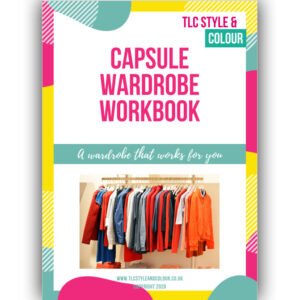 Capsule Wardrobe Workbook
Capsule Wardrobe Workbook Holiday Capsule Wardrobe Workbook
Holiday Capsule Wardrobe Workbook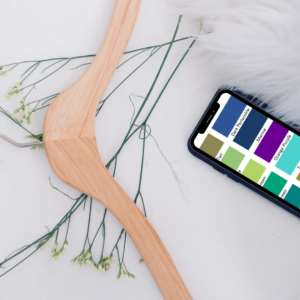 Digital Colour Swatch Palette - Soft
Digital Colour Swatch Palette - Soft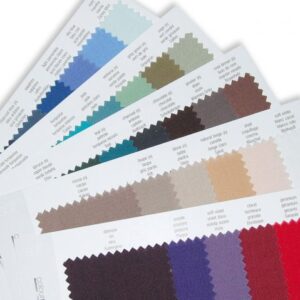 30 Fabric Colour Swatches - Warm
30 Fabric Colour Swatches - Warm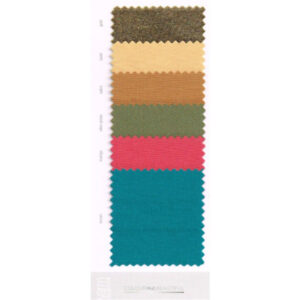 Warm additional colour collection swatch & makeup card
Warm additional colour collection swatch & makeup card Cool additional colour collection swatch & makeup card
Cool additional colour collection swatch & makeup card